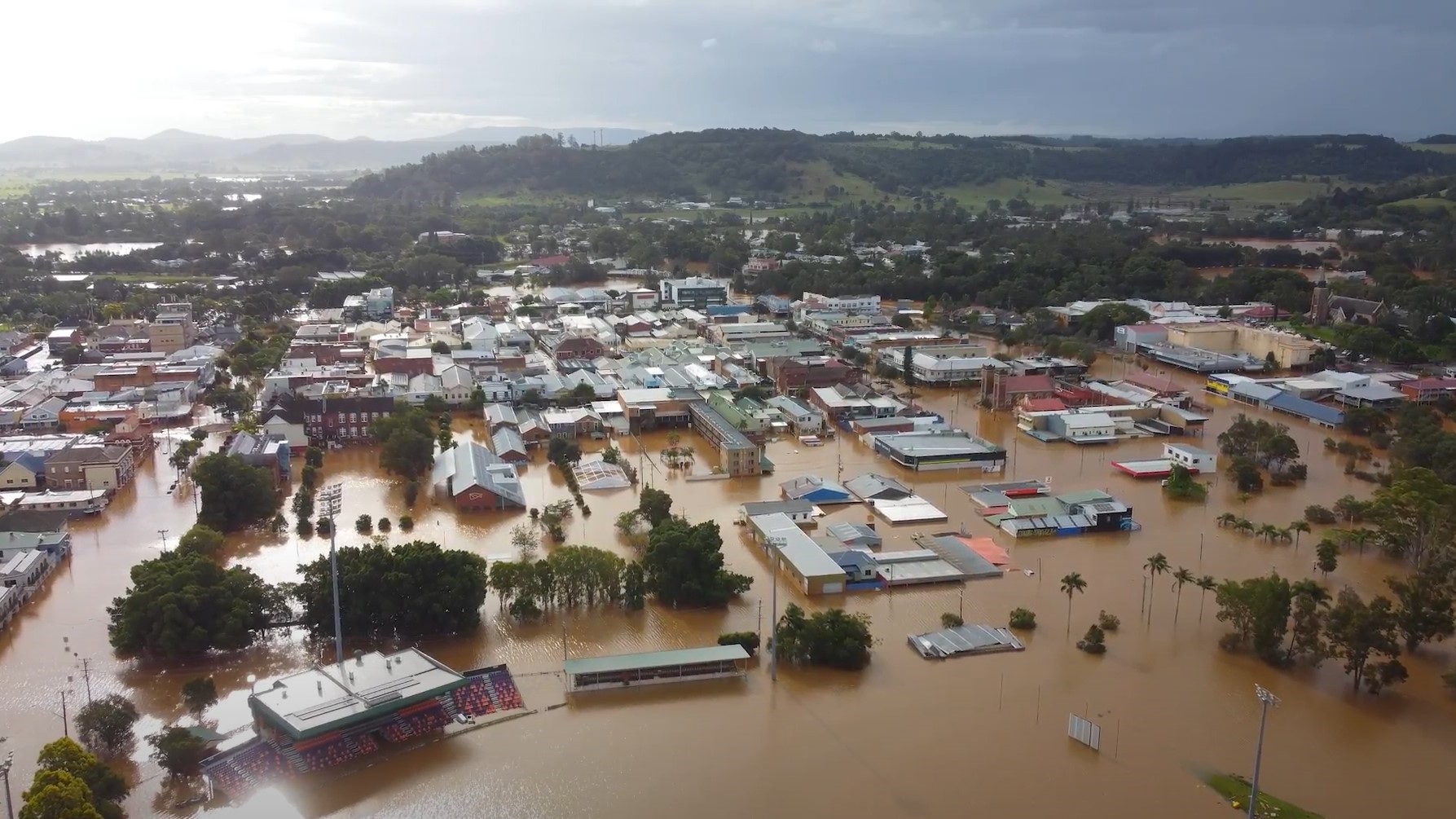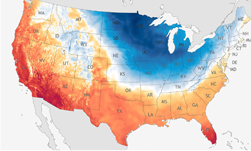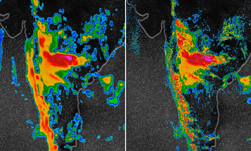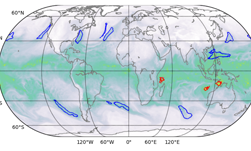New weather-forecasting research using AI is fast-tracking global weather predictions. The study, recently published in the Journal of Advances in Modeling Earth Systems, could help identify potential extreme weather 2–6 weeks into the future. Accurate predictions of extreme weather with a longer lead time give communities and critical sectors such as public health, water management, energy, and agriculture more time to prepare for and mitigate potential disasters.
Climate change is amplifying the intensity and frequency of extreme weather events, with 2021 shattering storm, heatwave, flood, and drought records across the globe. According to a recent NOAA report, last year the US experienced 20 separate climate-induced weather disasters, each totaling over $1 billion in damage.
Short-term and seasonal weather forecasting can play a large role in decreasing the socioeconomic and human costs of extreme weather. In 2019, meteorologists warned local and national leaders in the Philippines of a torrential rainstorm looming about 3 weeks out. The forecast gave communities time to weatherize structures and evacuate before the Category 4 Typhoon hit, saving lives, and reducing overall damage to the region.
Current weather forecasting relies on supercomputers processing large amounts of global data such as temperature, pressure, humidity, and wind speed. These systems require massive computational resources and take time to process.
Also, according to the authors, the ability to accurately predict forecasts further out, from several weeks to months, decreases significantly.
Looking to improve current weather forecasting the researchers aimed to create a computationally efficient model, capable of accurately predicting upcoming weather called the Deep Learning Weather Prediction (DLWP). Originally introduced in a paper published in 2020, the DLWP relies on an AI algorithm that learns and recognizes patterns in historical weather data based on global grids.
The current work refines the DLWP by training a deep convolutional neural network on two additional data points—temperature at the atmospheric boundary layer and total column water vapor. They also improved the grid resolution at the equator to approximately 1.4°.
Running on a single cuDNN-accelerated TensorFlow deep learning framework on an NVIDIA V100 GPU, the model runs 320 ensemble 6-week forecasts in just 3 minutes. The algorithm can process a 1-week forecast in 1/10th of a second.
The DLWP is able to produce realistic forecasting of weather events such as Hurricane Irma, a Category 4 storm that hit Florida and the Caribbean in 2017. While the speedy DLWP model matches the performance of current state-of-the-art weather forecasters 4 to 6 weeks into the future, it has limitations predicting precipitation and is less accurate in shorter lead times of 2–3 weeks.
According to the study, the DLWP may also prove a valuable tool for supplementing spring and summer forecasts in the tropics, a region that challenges current weather models.
The open-source code is available on GitHub.
Read the study in Journal of Advances in Modeling Earth Systems. >>










